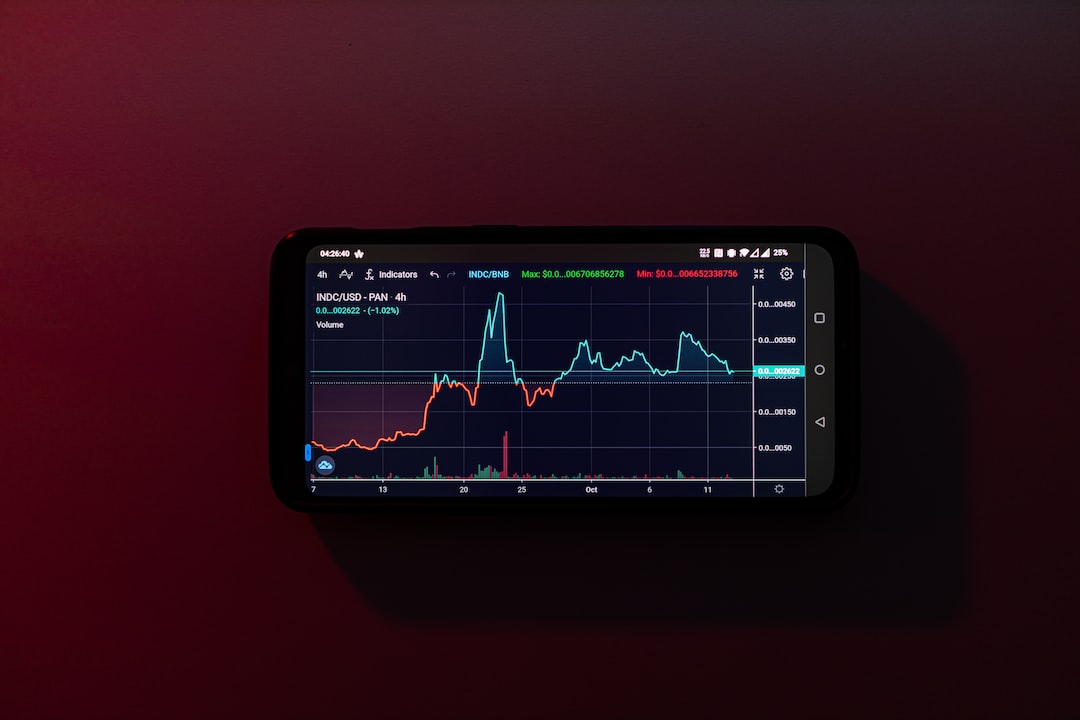Bank of America recently published a report discussing Paypal’s U.S. dollar stablecoin and the Fednow payments system. Here are the key points from the report:
1. Paypal is launching a U.S. dollar stablecoin called Paypal USD (PYUSD).
2. The stablecoin will be compatible with select third-party digital asset wallets and backed by traditional assets.
3. Bank of America believes that PYUSD adoption may be limited in the near term due to lack of wallet compatibility and exchange trading pairs.
4. The report suggests that competition from central bank digital currencies (CBDCs) and yield-bearing stablecoins may pose challenges for PYUSD in the long term.
5. Bank of America does not expect the launch of PYUSD to accelerate regulatory clarity, but there may be regulatory challenges if non-banks are prohibited from stablecoin issuance.
The report also analyzes the Fednow service:
1. Bank of America views Fednow as an innovative solution to inefficient domestic payments and transfers.
2. Unlike blockchain-based solutions, Fednow uses traditional payment rails for interbank settlement.
3. The report suggests that stablecoins and CBDCs have the potential to provide faster and cheaper solutions, especially for cross-border payments and transfers.
4. However, the full benefits of Fednow will require financial institution adoption and development of user interfaces and applications.
In conclusion, Bank of America sees both opportunities and challenges for Paypal’s stablecoin and the Fednow payments system. The future adoption and development of CBDCs and yield-bearing stablecoins may shape the landscape of digital assets and payments.





 By
By
 By
By
 By
By

 By
By
 By
By